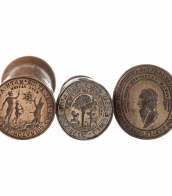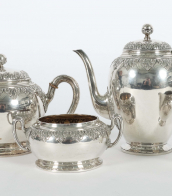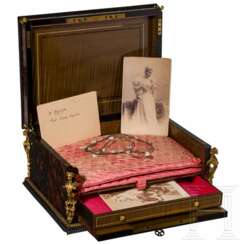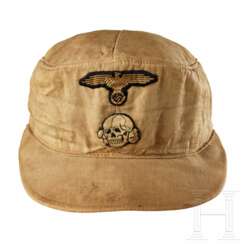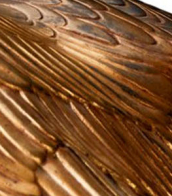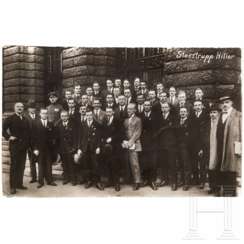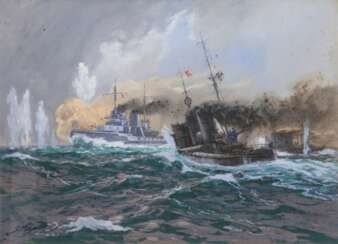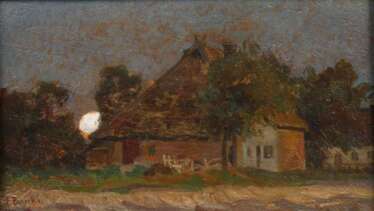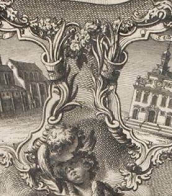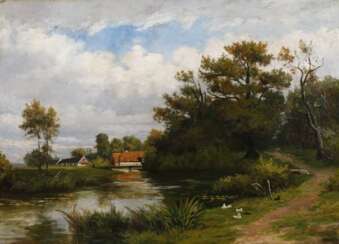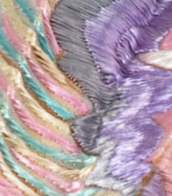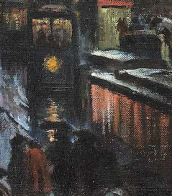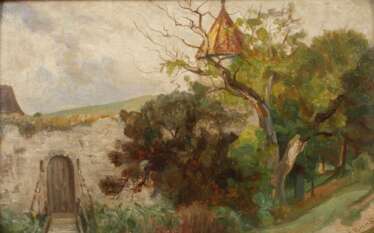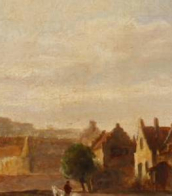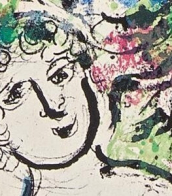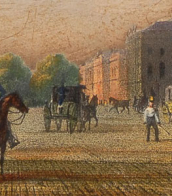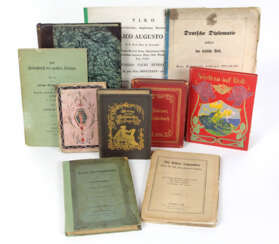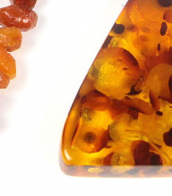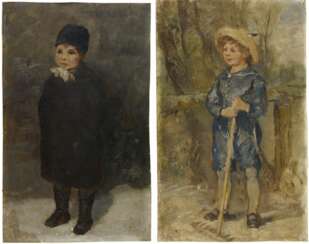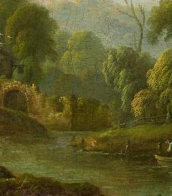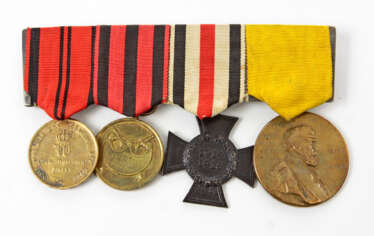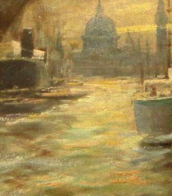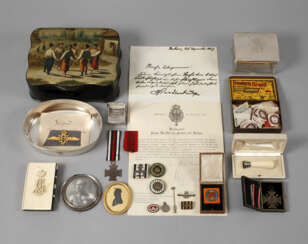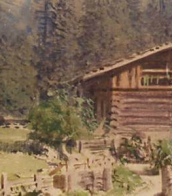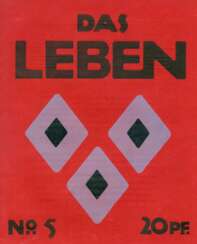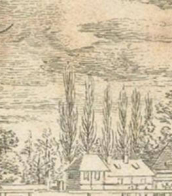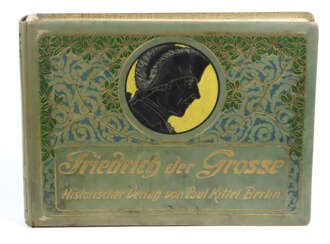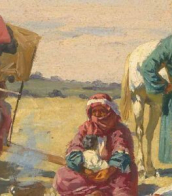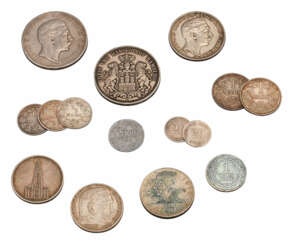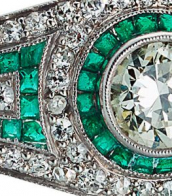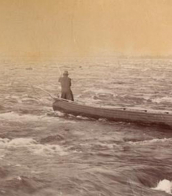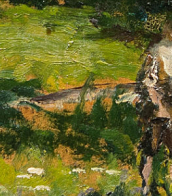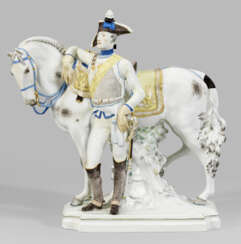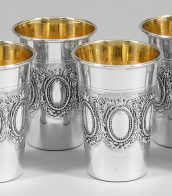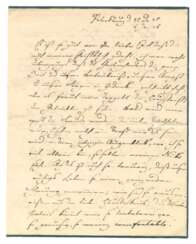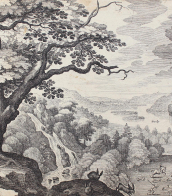paul wilhelm

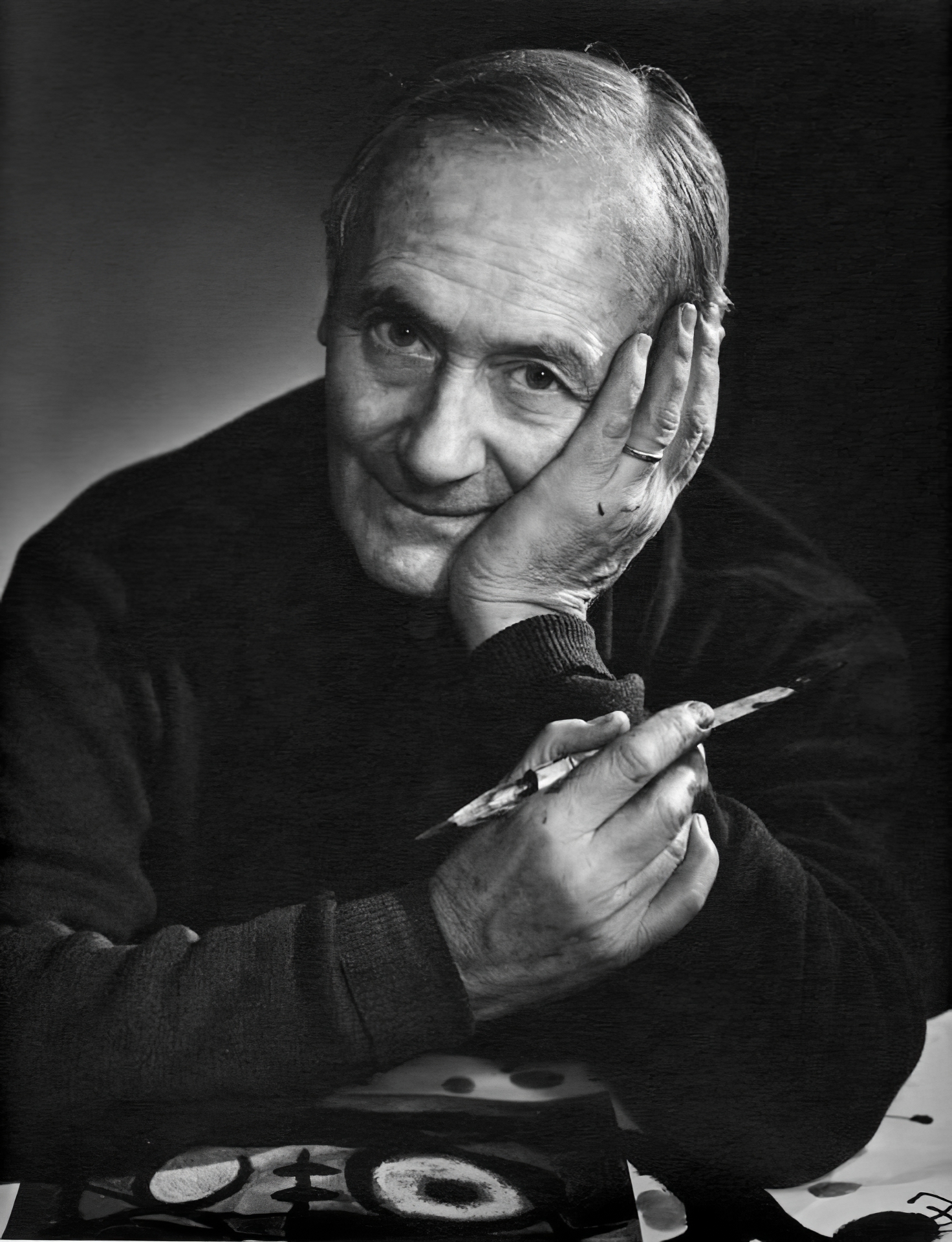
Joan Miró, a celebrated Spanish artist, was a master in painting, sculpture, and ceramics, renowned for his unique style that blurred the lines between Surrealism, Fauvism, and Expressionism. Born in Barcelona to a family of a goldsmith and a watchmaker, Miró grew up immersed in the rich cultural heritage of the Barri Gòtic neighborhood. His artistic journey began with drawing classes at the age of seven and continued at the prestigious La Llotja art academy. Despite an initial venture into the business world, Miró's passion for art prevailed, leading him to abandon his clerical career after a nervous breakdown.
Miró's work is noted for its exploration of the subconscious, often depicting a childlike perspective. This approach was both a critique of traditional painting methods and a means of expressing Catalan pride. His art, challenging to categorize, often featured symbolic elements and nationalistic qualities. One of his notable early works, "The Farm," reflects a transition to a more individual style, blending elements of his Catalan roots with broader artistic influences. This piece, later purchased by Ernest Hemingway, encapsulated the essence of Spain in its imagery.
In Paris, Miró joined the Surrealist movement in 1924, where his work began to reflect the influence of automatism, emphasizing spontaneous, automatic, or subconscious creation. He experimented with various mediums, including painting-poetry and collage, and even ventured into set and costume design for Sergei Diaghilev's Ballets Russes.
During World War II, Miró remained in Spain, and his work from this period, including the 22 Constellations series, reflected an interest in the night, music, and stars. His forms became increasingly abstracted, and he experimented with various techniques, often incorporating primary colors and evocative titles.
Miró's career spanned several decades, during which he continually evolved his style and explored new mediums. His contributions to art were recognized with numerous awards and retrospectives, including a major career retrospective at MoMA in 1941 and the Spanish Gold Medal for Fine Arts in 1980. Among his last major works was a tapestry for the World Trade Center in New York City, created in 1974.
For art collectors and enthusiasts, Joan Miró remains a figure of immense interest, not only for his distinct style and contributions to Surrealism but also for his ability to blend poetic imagery with political commentary. To stay updated on new product sales and auction events related to Joan Miró, sign up for our updates and immerse yourself in the world of this extraordinary artist.
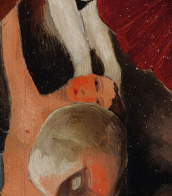
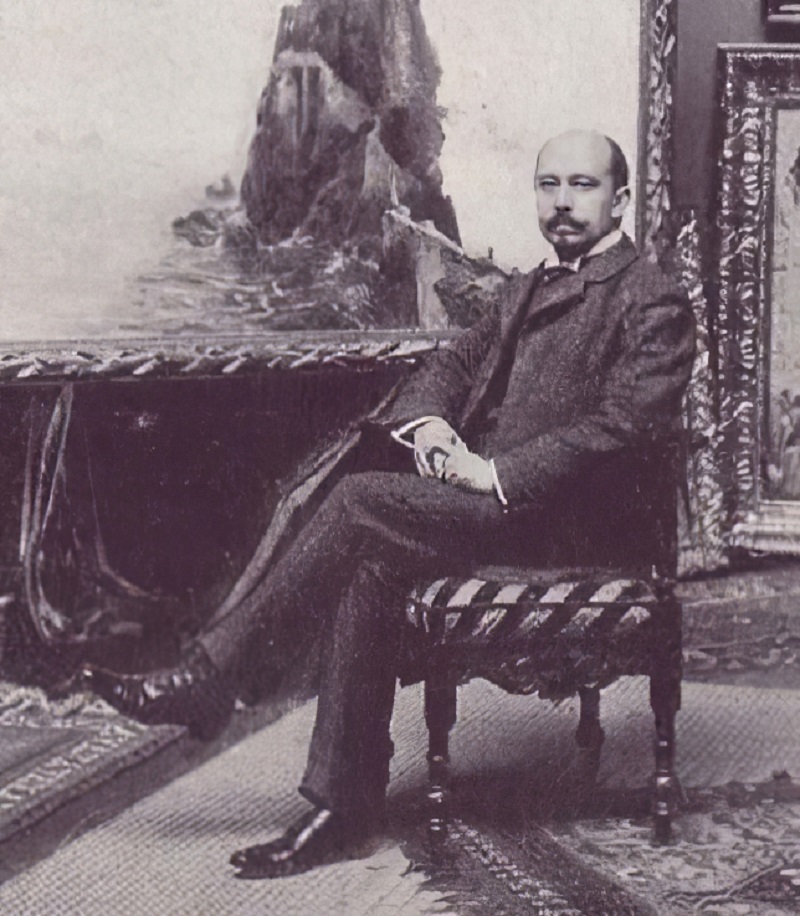
Max Friedrich Ferdinand Rabes was a German Impressionist painter. Although he is best remembered as an Orientalist painter, he rejected that label during his lifetime and wanted all of his works to be equally recognized. He was initially self taught, through making nature studies and sketches. Later, he took lessons from the landscape painter, Paul Graeb (1842–1892). He made numerous trips to North Africa and the Middle East. In 1898 he was invited to accompany Kaiser Wilhelm II on a trip to Istanbul and Palestine. He was appointed an honorary doctor and became a Professor at the Berlin University of the Arts. In 1899, he was awarded the Order of the Zähringer Lion. In 1914, he undertook a trip to the front lines in East Prussia. The following year, he was at the western front in Belgium and, in 1917, visited Verdun. In addition to his canvases, he did decorative work; including landscape murals at a castle in Lausitz (1901) and a villa in Iserlohn (1905), as well as ceiling paintings and allegorical murals at the Schauspielhaus in what is now Wrocław (1906-1908).
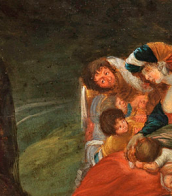

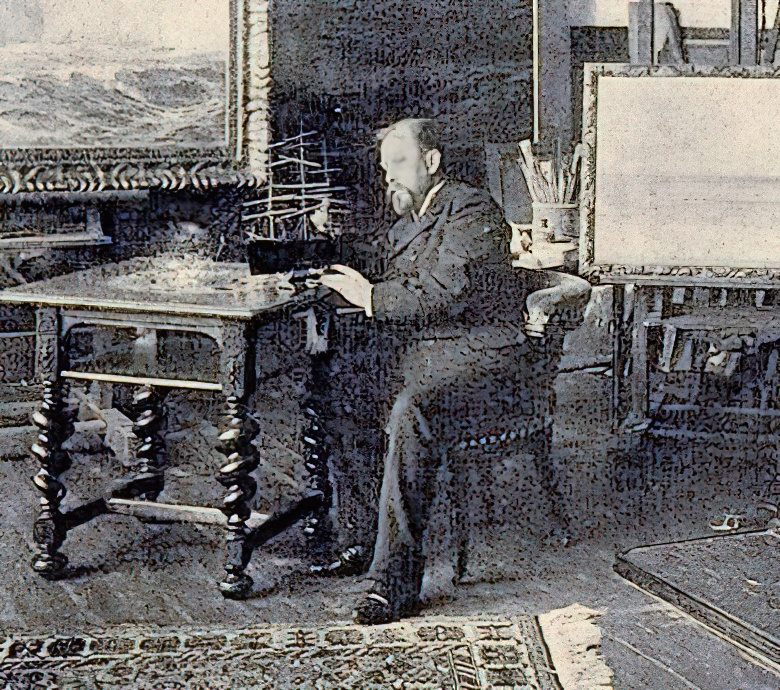
Hans Bohrdt was a German marine painter and graphic artist. Bohrdt's journey into marine painting began after a visit to the Hamburg port at the age of 15, sparking a lifelong passion for the sea and maritime subjects. Unlike many artists of his time who had formal art education, Hans Bohrdt was largely self-taught, although he did attend the Academy of Fine Arts in Berlin for a period. His dissatisfaction with the conventional training led him to pursue a more hands-on approach to his art, focusing on seascapes and marine life.
Hans Bohrdt's work gained significant recognition during the Wilhelmine era, making him a celebrated figure in German marine painting, a genre that became particularly prominent after the unification of Germany in 1871. His close relationship with Kaiser Wilhelm II, who was an admirer and patron of his work, helped elevate Bohrdt's status further. Bohrdt's art was known for its technical skill, particularly in depicting the majesty of the sea and the vessels that traversed it. His pieces often featured German naval prowess and were used for both private collections and public display, contributing to national pride and naval propaganda, especially during World War I.
The legacy of Hans Bohrdt is marked by his ability to capture the spirit and grandeur of maritime life, making him a significant figure in the history of German art. Despite the challenges posed by the world wars, which led to the loss of many of his works including his best-known painting, "Der letzte Mann" ("The Last Man"), Bohrdt's art continues to be celebrated for its contribution to marine painting. In 1995, on the fiftieth anniversary of his death, a memorial exhibition was held, showcasing his contributions to the field and reaffirming his place as one of the last great marine painters.
For collectors and experts in art and antiques, Hans Bohrdt's work offers a unique glimpse into the development of marine painting in Germany, reflecting both the beauty of the maritime world and the historical context of his times. To stay informed about sales, auction events, and updates related to Hans Bohrdt's work, signing up for newsletters from galleries and auction houses specializing in maritime art and antiques is recommended. This ensures enthusiasts and collectors are well-informed about opportunities to acquire pieces by this distinguished artist.

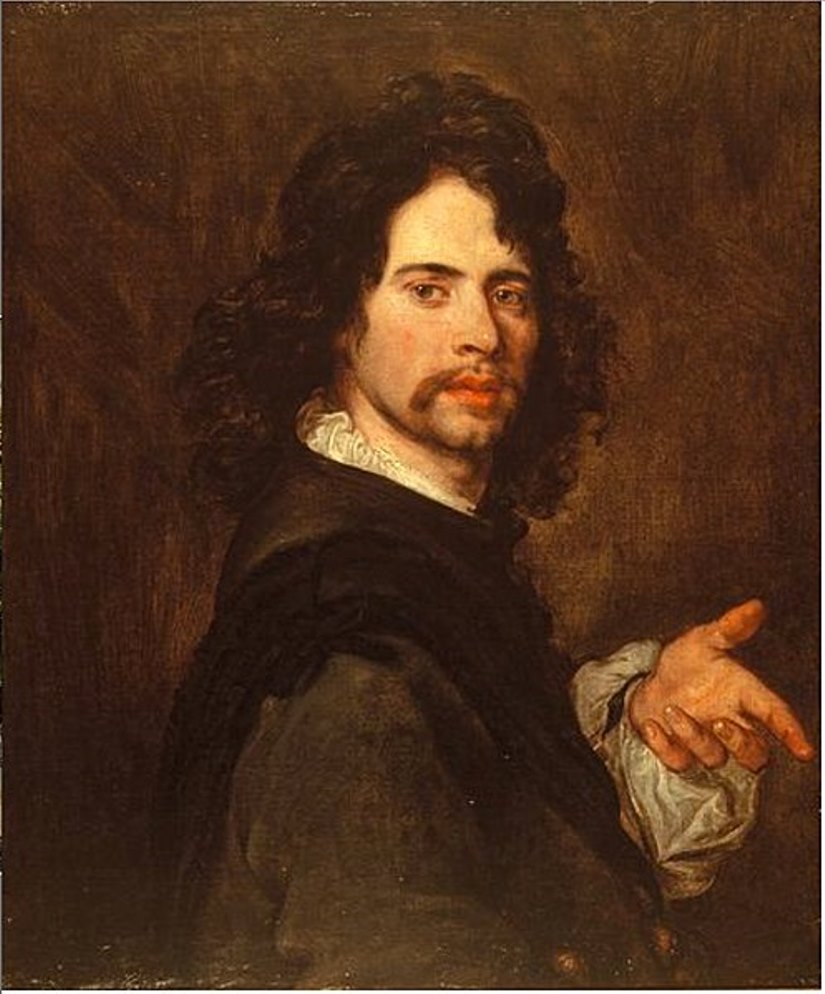
Jan van den Hoecke (Dutch: Jan van den Hoecke, Johannes van den Hoecke) was a Flemish Baroque painter, a pupil of Rubens.
The young artist was trained in the studio of Rubens, where he was one of the main assistants of the famous painter. Then lived and worked in Italy, in Vienna at the court of the Holy Roman Emperor Ferdinand III Habsburg. After returning to Antwerp, Hoecke was court painter to Archduke Leopold Wilhelm of Austria. Here he completed his most important and complex commission, the design of a series of 12 wall tapestries for Leopold Wilhelm around 1650, and also made several portraits of his suzerain.
Jan van den Hoecke was the author of a number of monumental paintings influenced by Rubens and A. van Dyck, such as The Triumph of David (1635). He painted pictures on biblical, mythological and allegorical subjects, altarpieces for the churches of Flanders.
His brother was the battle painter Robert van den Hoecke (1622-1668).



